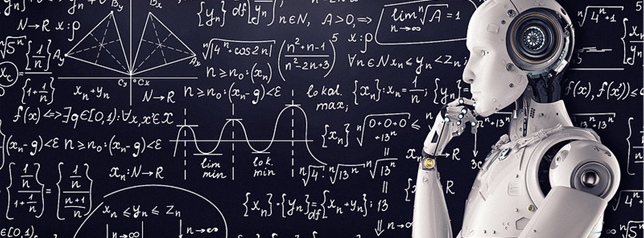
|

|

|

|

Can Algorithmic Trading Continue to Expand?
(Note: companies that
could be impacted by the content of this article are listed at the base of the
story [desktop version]. This article uses third-party references to provide a
bullish, bearish, and balanced point of view; sources are listed after the
Balanced section.)
The use of algorithmic robots to trade stocks has grown rapidly in recent years. Algorithmic trading refers to transactions that allow investors to establish specific trading rules that are automatically executed by computer. A report by Trading Type estimates that the global algorithmic trading market will increase by 11% annually between 2019-2024 reaching a level of $18.8 billion. Select USA estimates that roughly 75% of shares traded on U.S. stock exchanges come from automatic trading systems. Once relegated to buy and sell limit orders, algorithmic trading has expanded into data mining algorithms that turn news events into trades in real time. An increase in news reports with the words “trade tension”, for example, could result in an automatic order to sell U.S. stocks with a large exposure to China. Is algorithmic trading an investment tool that can allow individual traders to quickly take advantage of market inefficiencies? Or, does algorithmic trading make the market less stable and in fact create market inefficiencies?